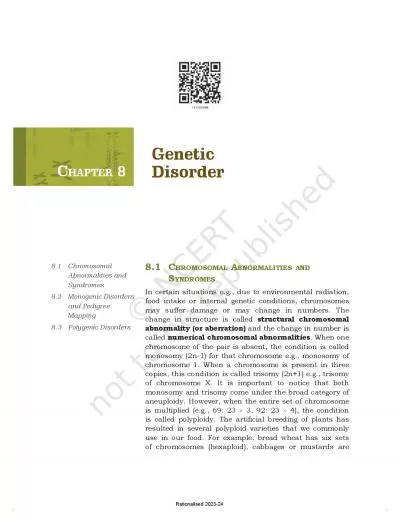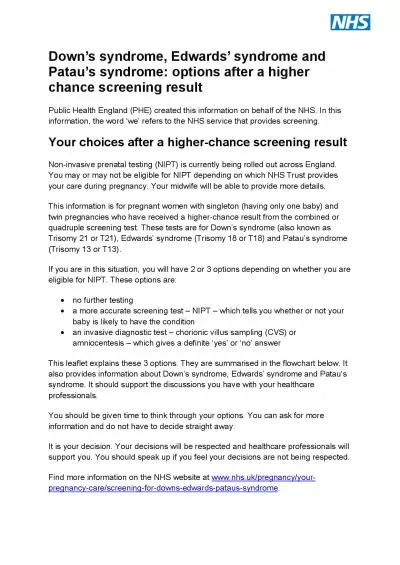PPT-Klinefelter syndrome 47xxy
Author : marina-yarberry | Published Date : 2018-03-08
DrRana SJawad is a genetic disorder that affects males Klinefelter syndrome occurs when a boy is born with one or more extra X chromosomes Most males have
Presentation Embed Code
Download Presentation
Download Presentation The PPT/PDF document "Klinefelter syndrome 47xxy" is the property of its rightful owner. Permission is granted to download and print the materials on this website for personal, non-commercial use only, and to display it on your personal computer provided you do not modify the materials and that you retain all copyright notices contained in the materials. By downloading content from our website, you accept the terms of this agreement.
Klinefelter syndrome 47xxy: Transcript
Download Rules Of Document
"Klinefelter syndrome 47xxy"The content belongs to its owner. You may download and print it for personal use, without modification, and keep all copyright notices. By downloading, you agree to these terms.
Related Documents














